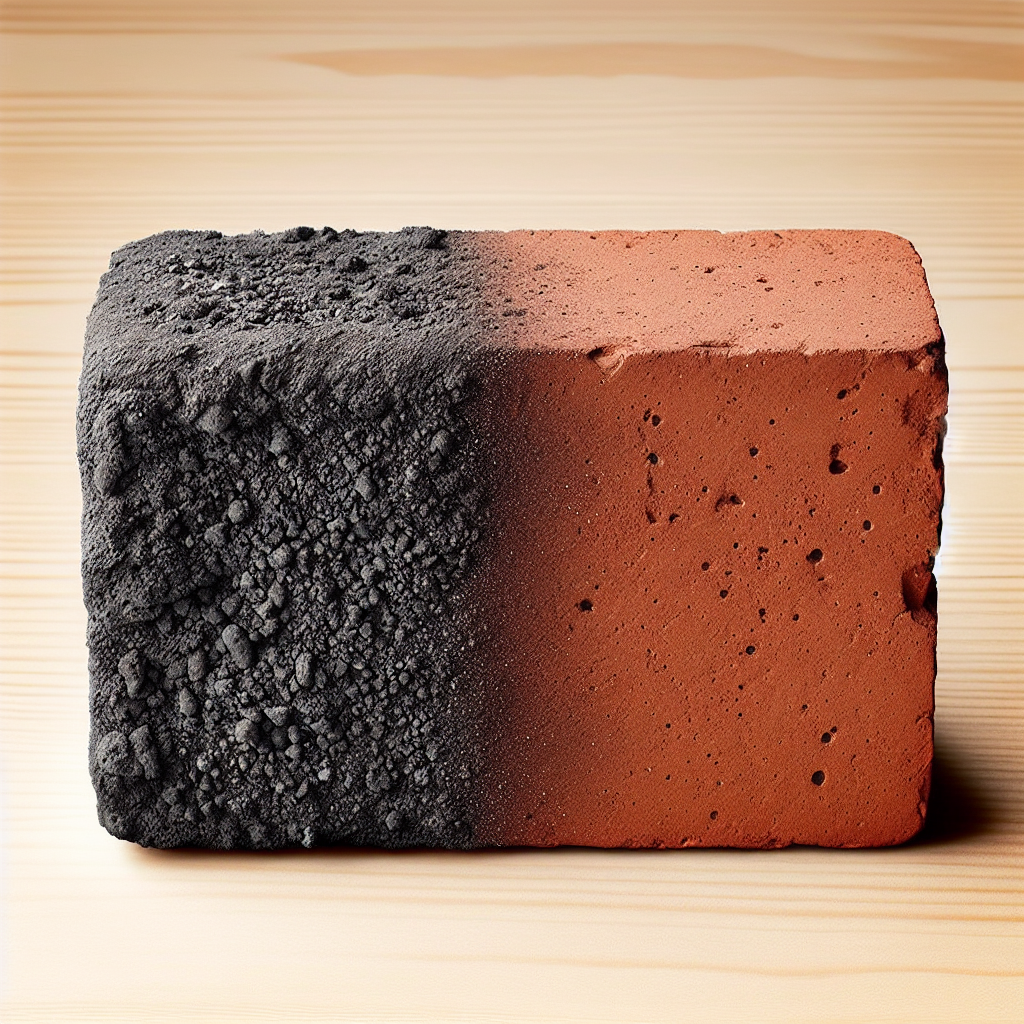
How to Clean Soot off Bricks: A Comprehensive and Effective Guide
Soot buildup on bricks, whether around a fireplace, chimney, or from a fire, can be an unsightly problem in your home. If not dealt with quickly, soot can stain the bricks, creating a greasy, hard-to-remove mess. However, with the right cleaning techniques, soot on bricks doesn’t have to be permanent. In this guide, we’ll show you how to clean soot off bricks effectively, using both homemade and store-bought solutions that won’t damage the surface.
Whether you’re dealing with fireplace soot or remnants from a more significant fire, these cleaning methods will help restore the natural beauty of your brickwork.
Why Does Soot Stick to Bricks?
Soot is a byproduct of incomplete combustion, often coming from wood, coal, or other materials that burn in a fireplace, stove, or even during a fire. The tiny carbon particles that make up soot are extremely fine, and when they come into contact with porous surfaces like brick, they can penetrate the texture, creating a stubborn stain.
Bricks are naturally porous, so soot on bricks can easily settle into the cracks and crevices of the surface, making cleaning a bit more challenging. However, the right techniques can help loosen and remove the soot without causing damage to your bricks.
Step-by-Step Guide on How to Clean Soot Off Bricks
1. Wear Safety Gear
Before you start cleaning, make sure you protect yourself from soot particles, which can irritate your skin, eyes, and respiratory system. Here’s what you’ll need:
- Gloves to protect your hands from the soot.
- Safety goggles to protect your eyes.
- A dust mask to avoid inhaling soot particles.
- Old clothes that you don’t mind getting dirty.
2. Dry Dusting Method for Loose Soot
Before using any liquid cleaners, it’s best to remove as much loose soot as possible. Dry dusting can help lift the soot from the surface without spreading it further.
- Use a soft-bristled brush to gently sweep the soot off the bricks. A small hand broom or an old paintbrush works great for this. Make sure to brush in small sections and avoid pressing too hard to prevent smearing the soot into the bricks.
- Once you’ve brushed off the soot, use a vacuum cleaner with a hose attachment to suck up the loose soot from the area. This will help prevent the soot from being spread around and settling back onto the bricks.
3. Cleaning Soot with a Vinegar Solution
If there’s still a noticeable soot stain, you can try a simple yet effective vinegar solution. Vinegar works well because it cuts through the greasy residue left by soot and helps lift the particles from the brick surface.
- Mix equal parts white vinegar and water in a spray bottle.
- Lightly spray the solution onto the soot-stained areas, but avoid soaking the bricks, as too much moisture can cause damage.
- Let the solution sit for a few minutes to break down the soot.
- Use a scrub brush or sponge to gently scrub the affected areas, paying extra attention to any deeply stained spots.
- Wipe the surface with a clean, damp cloth to remove the loosened soot, and then dry with a towel.
4. Using Baking Soda Paste
For more stubborn stains, a baking soda paste can be a highly effective method for cleaning soot off bricks. Baking soda is mildly abrasive, which helps lift the soot from the porous surface of the brick without causing damage.
- Mix baking soda with a small amount of water to form a thick paste.
- Apply the paste directly onto the soot stain and let it sit for 15-20 minutes.
- Using a soft-bristled brush or sponge, gently scrub the paste into the stained area.
- Wipe away the paste with a damp cloth and repeat if necessary until the soot is fully removed.
5. Commercial Soot Cleaners
If home remedies aren’t doing the job, you might want to try a commercial soot cleaner. There are specialized cleaners designed to tackle soot stains without damaging brick surfaces. These products are formulated with stronger agents to break down the soot and residue, making it easier to clean.
- Always follow the manufacturer’s instructions on the product label to ensure the best results.
- Apply the cleaner to the affected areas and let it sit for the recommended amount of time.
- Use a soft brush or sponge to scrub the area, then wipe away the cleaner with a damp cloth.
6. Rinse and Dry the Area
Once you’ve finished cleaning, it’s essential to rinse the bricks with clean water to remove any leftover cleaning solution, whether it’s vinegar, baking soda, or a commercial cleaner. Avoid using too much water, as excessive moisture can cause damage to the bricks over time.
After rinsing, wipe the area with a clean towel to absorb any excess moisture and allow the bricks to air dry.
7. Repeat if Necessary
Sometimes, soot on bricks can be stubborn and require more than one treatment. Don’t be discouraged if the stain doesn’t come off after the first cleaning. It may take a few attempts to fully restore the look of your bricks.
8. Preventing Future Soot Build-up
To avoid future soot buildup, consider using a fireplace screen to minimize the amount of soot escaping into the room. You can also periodically clean the area around your fireplace to catch any soot before it has a chance to settle on the bricks. If you have an ongoing issue with soot, regular maintenance of your chimney can help prevent excess soot from accumulating.
